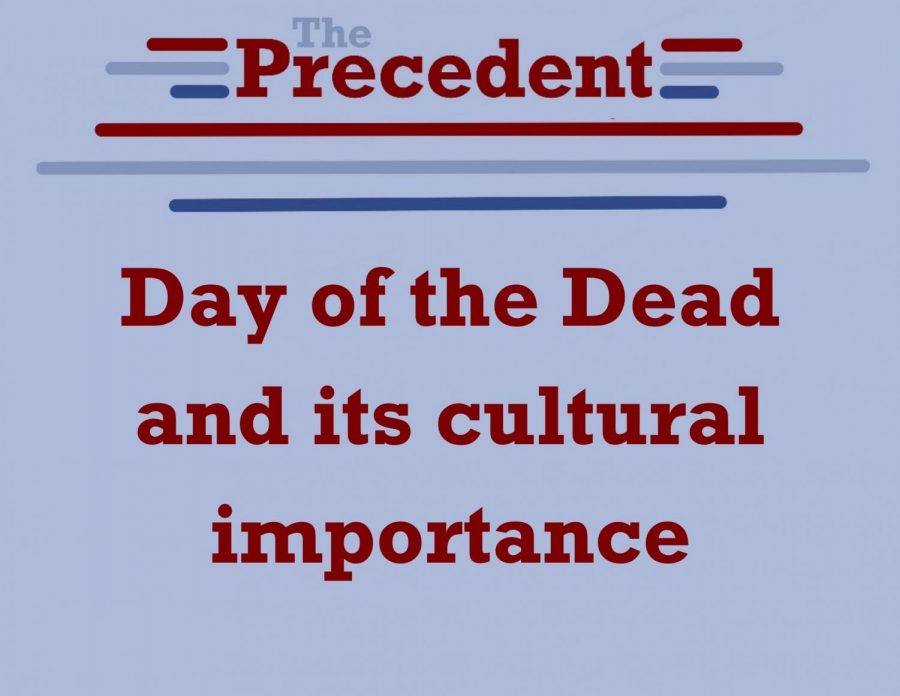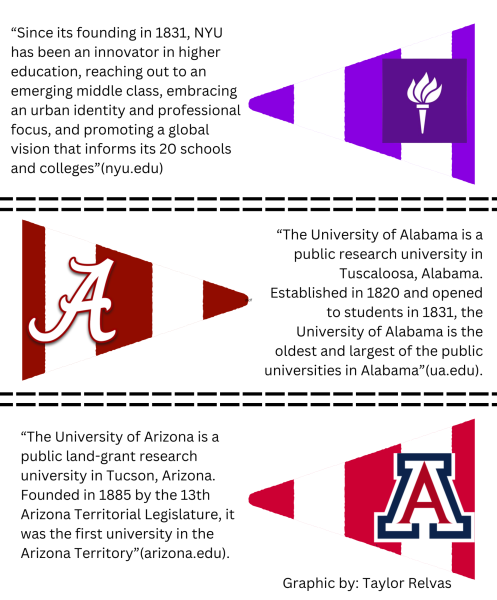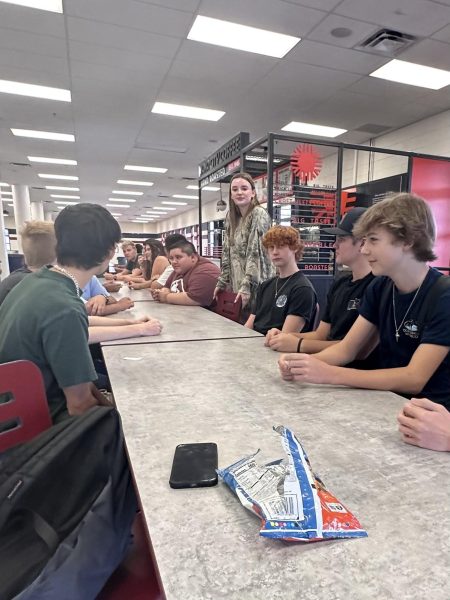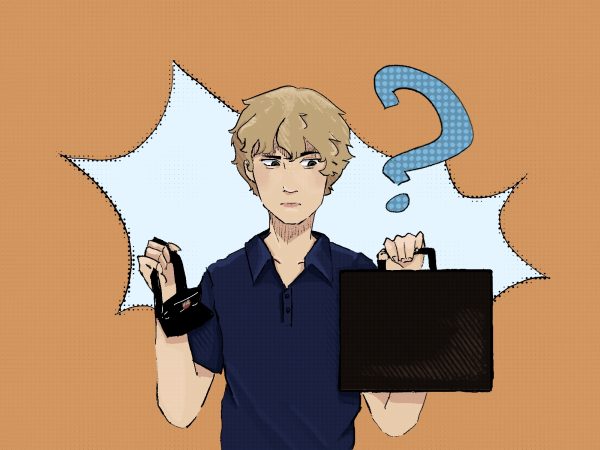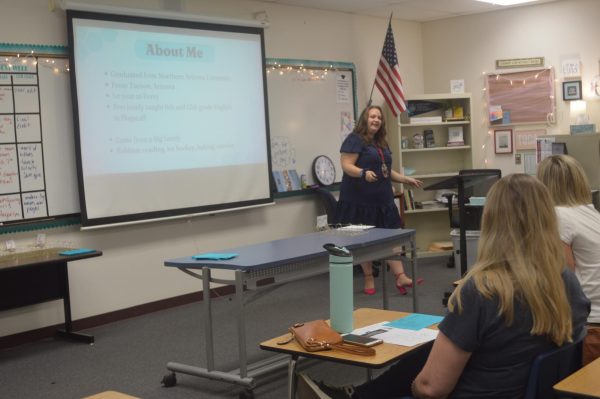Day of the Dead and its cultural importance
Day of the Dead has continued to be overshadowed by Halloween. Corporate companies have taken over the much smaller cultural holiday.
Halloween has long since lost its purpose. While some may enjoy the feeling of potential death and premature demise, those who value our lives, and not to mention our sanity, may not find your average Halloween activities appealing. Dressing up as spooky characters, testing your courage in a haunted house, going on a haunted hayride, going trick or treating, and passing out candy to kids. Even Halloween enthusiasts have to admit, none of these activities hold any value other than tradition and the sake of ‘fun.’
In spite of Arizona’s large Hispanic population, Day of the Dead is a huge afterthought during the fall. Much of this is contributed by corporate companies who profit off of the commercialism Halloween provides. Norma Rios teaches Spanish 2 and AP Spanish 4-6. She feels very passionate about the subject as a whole. “I would dare to say if you ask someone here, ‘Why do we go get candy?’ It’s commercial. Everything has to do with making money” said Rios.
With Day of the Dead falling on November 1st and 2nd, it’s very easy for the holiday to be consumed by a commercial holiday like Halloween. “Just [be] mindful that it’s a calendar issue . . . because it falls literally right after Halloween. There’s a lot of historical context as to why it fell on [All Hallows Eve], but I do think it’s a beautiful way to pay tribute to those who are no longer here and that we use it to celebrate, not to mourn, . . . whoever you’re paying tribute to– what they did when they were alive and you knew them,” said Rios.
The Perry Spanish department does an excellent job of conveying the importance and traditions surrounding Day of the Dead, otherwise known as Dia de los Muertos, to its students for the sake of education and spreading cultural influence. Rather than taking a ‘fear for your life’ approach, Day of the Dead takes a ‘celebrate your death’ perspective.
Day of the Dead is still practiced to this day with its original meaning and intentions. In order to honor your loved ones, those who practice this holiday decorate an altar or ofrenda with offerings for those who have passed. These offerings typically include their picture and items or food they enjoyed during their lifetime.
There are many myths surrounding the holiday itself. When asked what the biggest misconception she has encountered is, “I don’t know if it’s because I’m in a classroom and we use it to teach, but I do think that we often get asked, ‘Do you go trick or treating?’ The going door to door is absolutely not something we would ever do in Mexico. I think if they do now, it’s because they’ve Americanized the holiday… Am I opposed to kids trick or treating November 1st and 2nd? No, but then you are not paying tribute to what the intent of the holiday is, which is to honor those that were once living. We don’t use it to go trick or treating, it is not a celebration of candy or propaganda. It really is to celebrate your loved ones that once were alive” said Rios.
After Halloween this past October 31st, consider how you could be celebrating your November 1st and 2nd. Think of a loved one that you’d like to honor this Day of the Dead, and pay tribute to Hispanic culture.
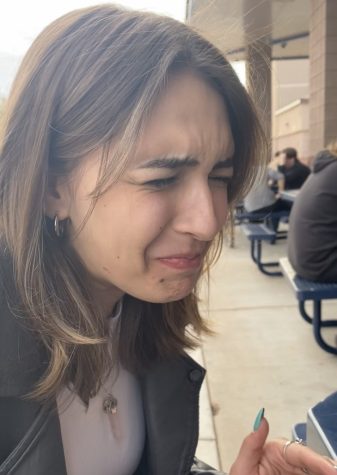
Lexi Amaro is a senior at Perry High School, and this is her second year writing for the Precedent. She is so excited to be this year’s News Editor!...
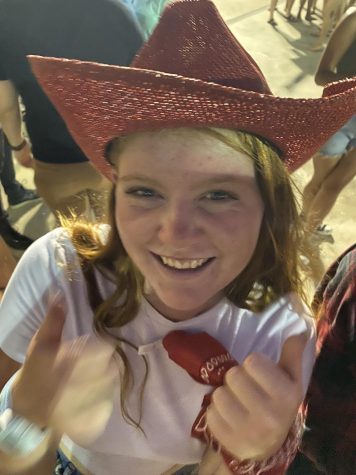
Meghan McGowan is a senior at Perry High School and it is her second year writing for the Precedent. This year she is excited to write about Football (again...),...

